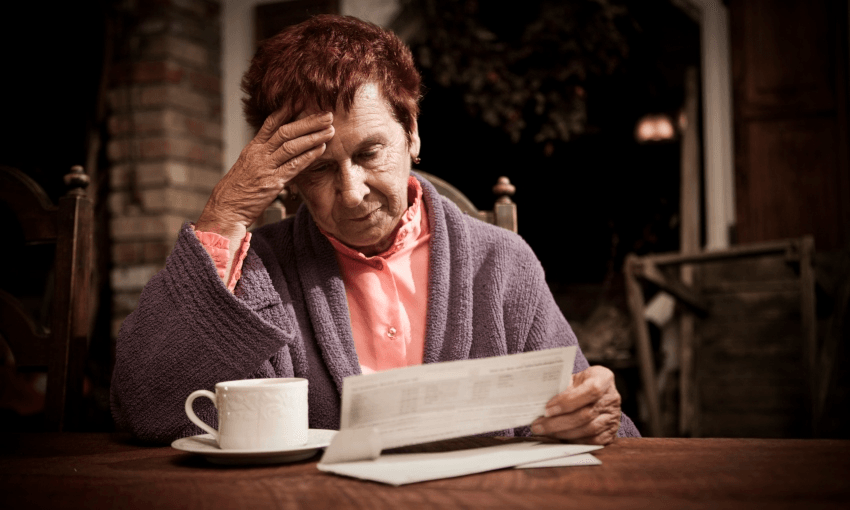A two-tier system of energy use is developing, with those on high incomes much more able to reduce their bills than households on lower incomes. Vector’s Chief Risk and Sustainability Officer Kate Beddoe outlines what the lines company plans to do about that.
Energy poverty is hard. It affects nearly 100,000 New Zealand households. Electricity providers, regulators and the government need to do more.
We’ve already seen the government dedicate their time and commitment to the Electricity Pricing Review and Winter Energy Payments. Now, with the colder weather bringing higher power bills, some energy companies like Vector are banding together to put their money where their mouth is by throwing their support behind a new service to help those affected.
Ask a mate for help
EnergyMate is an independent, in-home energy coaching service to support households at the highest risk of experiencing severe energy hardship.
The pilot project is aimed at 150 families from Porirua, Rotorua, and South Auckland in the most vulnerable circumstances who are referred to the programme by healthy housing and financial capability services.
People in the know about electricity will provide practical knowledge to actively manage household energy use and costs. Their ‘EnergyMate’ will check their appliances, lighting and heating and hot water for efficiency and make recommendations to the family or other intervention services. They’ll help them work out if they’re on a power plan that’s costing them more than it should, and do the legwork to get them moved to a plan they’re better suited for.
This is important because there’s a two-tier market developing between the energy-haves and the energy-have-nots.
Energy-haves
There are all sorts of things you can do to boost your home’s energy efficiency. Doing so means you reduce your power bills by lowering the amount of power you need. That means things like getting a few LED lightbulbs, a more efficient heater, a newer fridge. Or if you really want to get serious maybe it’s time to consider a heat pump, new curtains, insulation or double glazing. Then if you’re still looking to get those power bills down even more you could add some rooftop solar and batteries so that a big part of your energy needs suddenly become free.
But the problem with all of these solutions is that they cost money. The people who can afford to take advantage of ways to reduce their power bills are the same ones who can afford to pay them in the first place.
Energy-have-nots
Vector’s own data shows high-income households are reducing their energy use four times faster than low-income ones. It’s the households who don’t have money to spare up front who miss out on the technical solutions to lower their power bills over time.
Unless something is done there’s a risk that the divergence between the energy-haves and have-nots will continue to widen, and not just in the ways you’d expect.
As those who can afford to buy an electric vehicle do their bit for climate change, others might be left subsidising the cost of electricity network upgrades needed to recharge EV batteries. That’s because one electric vehicle adds the equivalent of anywhere between one and 20 households’ worth of electricity demand.
This is incredibly important in the context of high-growth areas like Auckland where Vector builds significant new network infrastructure each year to accommodate the rise in population. We build for everyone so we don’t want the cost of network upgrades for EV owners to be pushed to those who can’t afford it, particularly if they’re already struggling with their power bills and missing out on ways to bring them down.
A principled approach
All of which is why we’re pleased to be part of EnergyMate. It’s about looking at those who maybe need a bit of help and then seeing how to provide it in practical ways. We’ve done similar exercises with Auckland Council looking at energy efficiency interventions in South Auckland, and we’ve partnered with Ngāti Whātua Ōrākei to provide new energy technology integrated into community affordable housing developments.
In the wider context of the government’s Electricity Pricing Review, EnergyMate fits hand in glove with the principles of fairness and affordability that the review has named as priorities to be addressed, as well as with some specific options proposed by the review.
We hope EnergyMate will find ways to provide solutions to those who struggle and we’re looking forward to seeing the results and actions coming out of the trial.
Tips to save on your power bills
- Make sure you’re on the right power plan. Some families can save hundreds of dollars a year by moving to a plan that best suits their circumstances. Powerswitch can be used to compare plans and find a great deal.
- Dry your clothes outside where possible. A dryer costs about $1 a load.
- Switch to LED bulbs for lighting – they’re more efficient and last longer. Replacing incandescent light bulbs with energy-efficient LEDs can save $100 or more across your house every year.
- Turn off appliances at the wall. Appliances on standby can add more than $100 a year to your power bills. Plug them all into multi-plug boards so they can all be turned off properly at the same time.
- Take shorter showers. A family of four can save more than $1 every day by having 5-minute rather than 10-minute showers.
This article was created in paid partnership with Vector. Learn more about our partnerships here.
